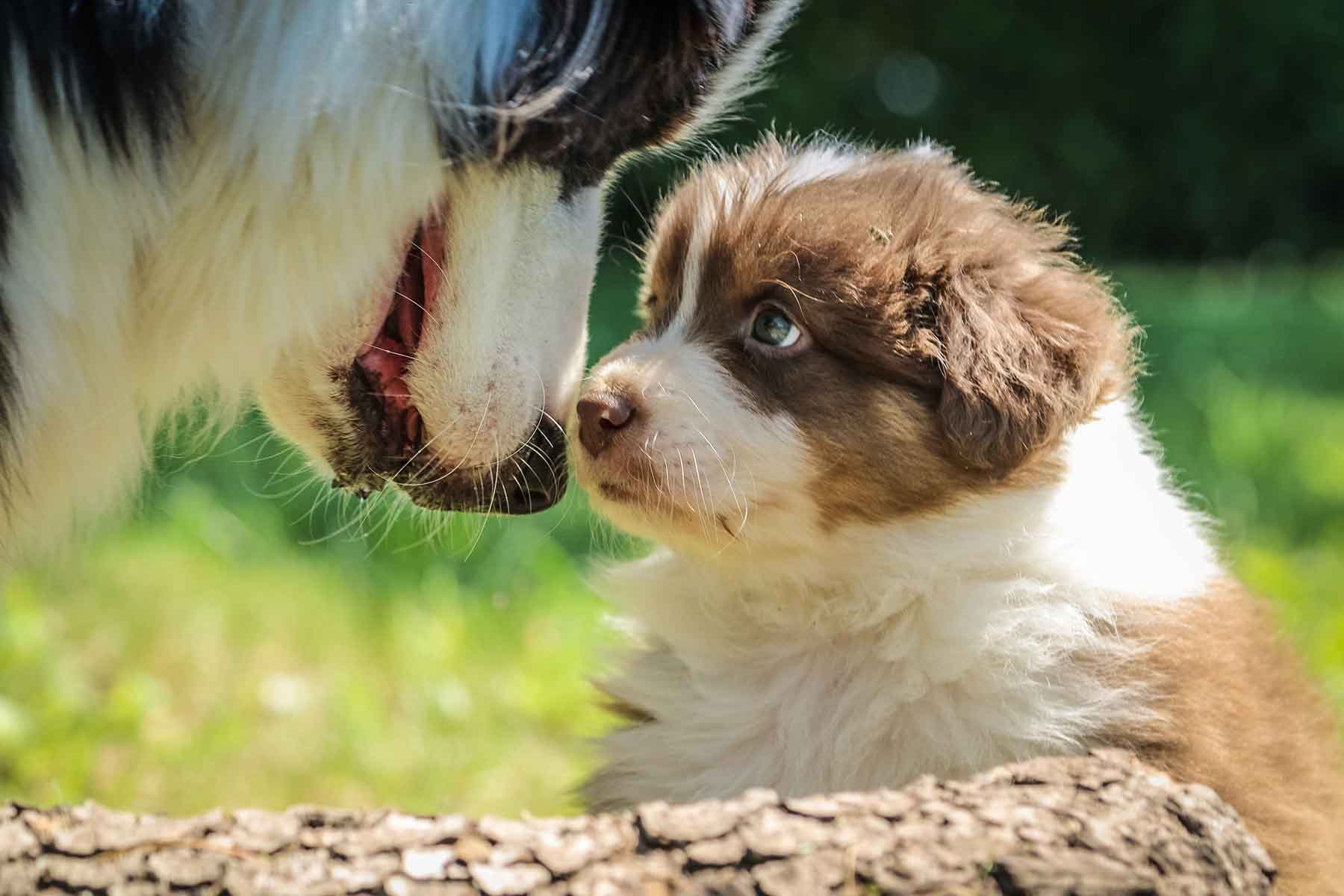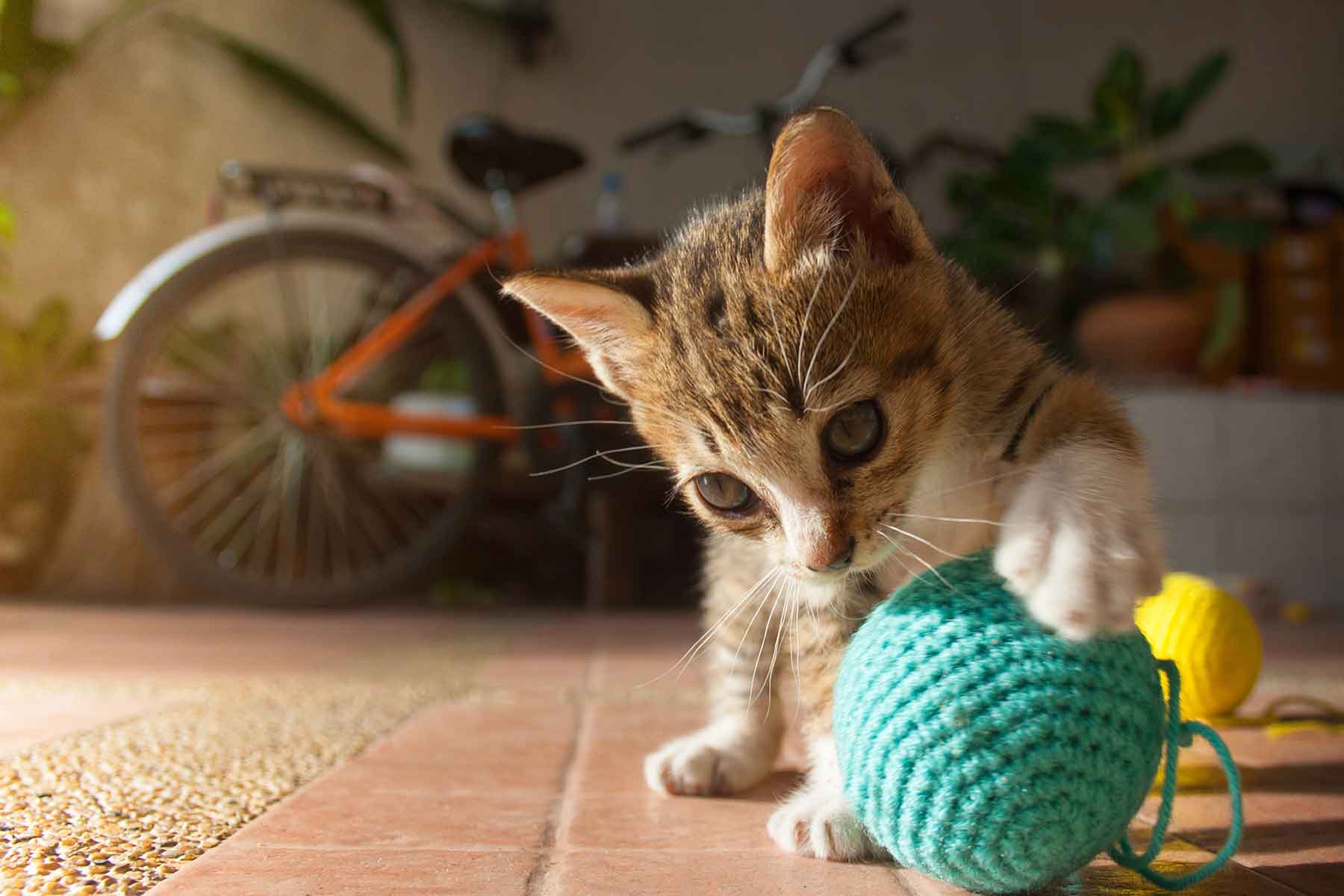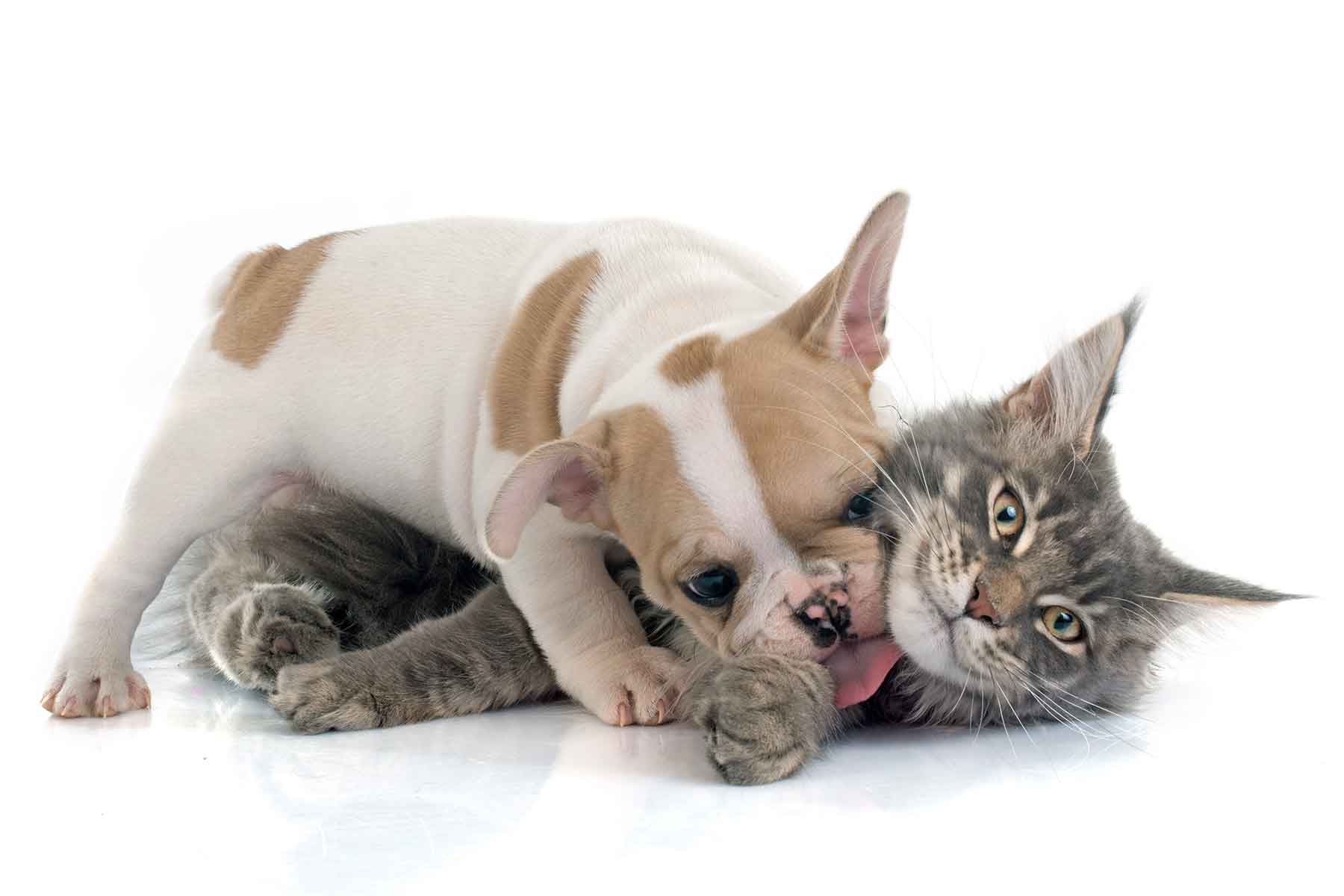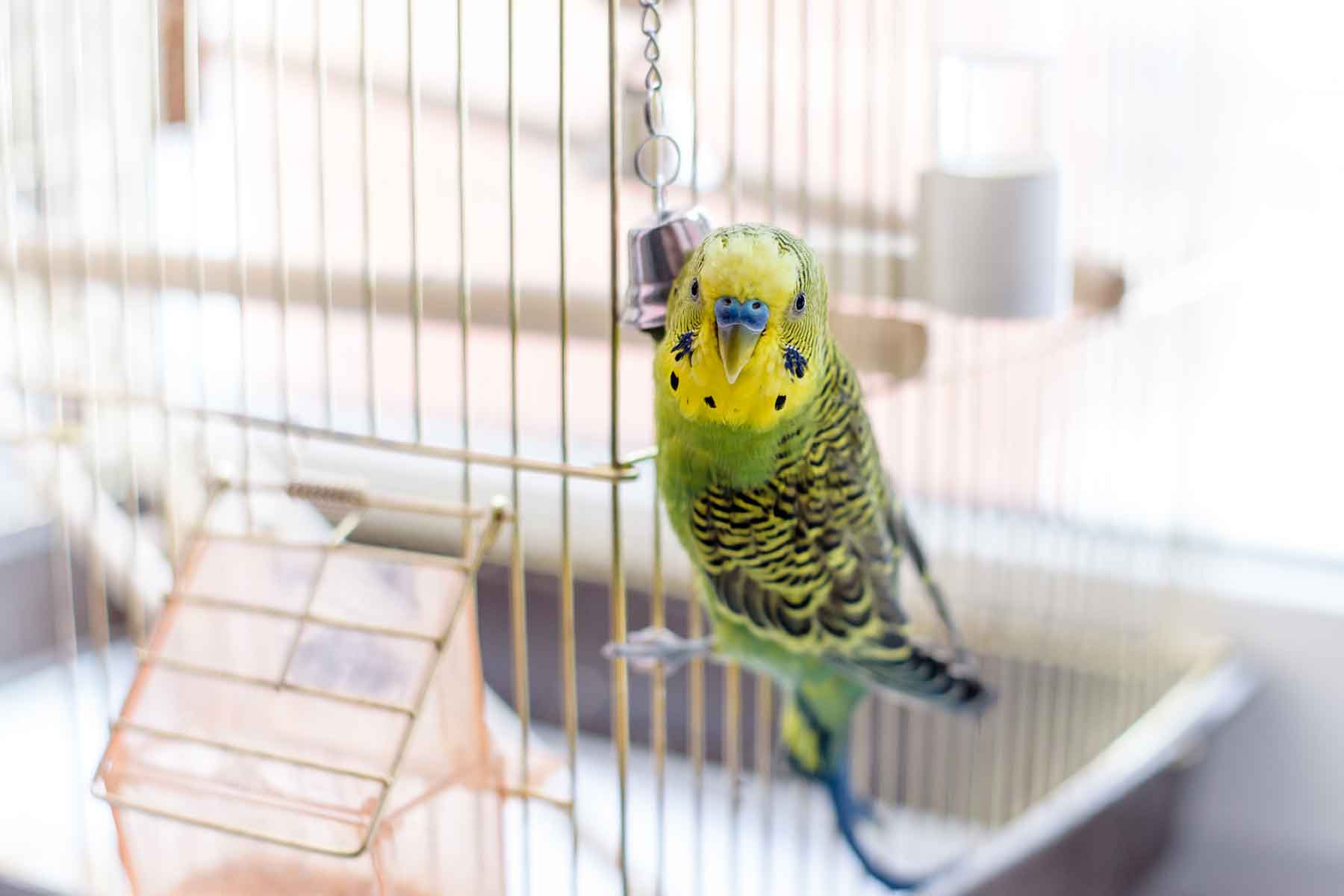Studies have shown that up to 90% of cats aged over 12 years are showing signs of osteoarthritis (Hardie et al, 2002). However, cats are very adept at hiding any illness (especially pain) as this would be seen as a sign of weakness in the wild. Hence the signs of arthritis in cats can be extremely subtle and the disease often goes undiagnosed.
Arthritis is usually a result of the ongoing wear and tear and instability in the joints, although other factors such as injury, genetic makeup, infection, immune disease and cancer can also affect the progression. In cats, particular breed dispositions include Scottish folds, Burmese, Maine Coons and Abyssinians.
Arthritis can affect one or more joints anywhere in the body; however, the most common joints affected in cats are the elbows, hips and spine. Most of these joints depend on a layer of cartilage acting as a cushion which also provides a smooth surface so the adjoining bones can move freely over each other. This movement is assisted by the lubrication provided by synovial fluid in joints.
With arthritis, the cartilage deteriorates and the synovial fluid loses its lubricating properties so that movement of the bones becomes less smooth, leading to discomfort and reduced mobility.


Signs of arthritis
In cats, it can be much harder than with dogs to pick up signs of joint pain – especially as cats with arthritis generally don’t limp! Instead, cats tend to change their behaviour. Signs you may notice include:
Reduced movement
- Inability or reluctance to get up or down from furniture including sleeping areas. This may mean they will sleep somewhere lower down or in a different location than previously.
- Inability or difficulty getting in and out of high sided kitty litter trays. This may result in toileting accidents.
- Occasionally cats may have a stiff gait when walking.
Changes in grooming behaviour
- Reduced grooming due to pain and subsequent development of a matted or scurfy coat.
- Over-grooming of painful joints resulting in self-trauma to the area (hair loss, inflamed/ infected skin).
Changes in personality
- Become more aggressive (when normally good-natured).
- Less tolerant to being patted, held or brushed, especially over the hindquarters.
Changes in activity level
- Reluctance to go outside/ play/ hunt and explore.
- Reluctance to use a scratching post which can result in their nails becoming long quite quickly.
Managing arthritis in cats
The first step in managing arthritis is to schedule an appointment with your veterinarian for a thorough clinical examination. Remembering that cats will put on a brave face at the clinic, your observations at home are integral in building an accurate history and providing those subtle indications that your cat may be in pain. Generally, blood tests and radiographs will be required to determine exactly what is happening in your cat’s joints and to assess for any concurrent disease that may be present. A personalised plan can then be put together for his/ her individual situation.
To help your cat be happy and enjoy life again, there are 3 important areas that we will focus on:
1. Weight management
This is the most important aspect of managing any animal with arthritis. Overweight animals will place proportionally more weight on their joints and therefore cause more localised inflammation and irritation to the joints- which in turn can hasten the progression of arthritis. Cats need to lose weight gradually to prevent metabolic problems. Please discuss the best way to do this with your veterinary health care team.
2. Home comforts/ environment changes
In mild cases, some simple steps taken at home will help to reduce their level of pain and discomfort.
- Ensure that your cat has a warm, comfortable place to sleep that is away from drafts.
- Provide low sided kitty litter trays for easy access and to help prevent toileting accidents.
- Place steps near favourite furniture and beds to aid in getting up and down.
- Trim nails regularly (our veterinary nurses are happy to provide advice on how best to do this at home or alternatively we offer this service free of charge).
- Brush your cat’s coat regularly so that matts don’t develop.
3. Veterinary treatments
Various veterinary treatments are available to manage osteoarthritis in pets. The best option will depend on a number of different factors involving your cat: such as age, the severity of signs, progression of the disease process and whether they have any other health problems. Importantly all arthritis patients should be accurately diagnosed before starting a treatment plan.
The different treatments that can be offered include:
- Disease-modifying osteoarthritis drugs (Pentosan polysulfate): These medications are given as a series of injections: one injection a week for four weeks and the course of 4 injections usually needs to be repeated every 6-12 months. They act to stabilise joint membranes, help joint cartilage repair and improve joint lubrication. They provide significant improvement in a high percentage of arthritis patients with minimal (if any) side effects.
- Anti-inflammatory and pain relief medications: Cats can be particularly sensitive to some NSAIDs and it is important to only use ones prescribed by your veterinarian. They work by reducing the inflammation around the joints and by providing significant pain relief. With regular checkups with your veterinarian to monitor your cat’s liver and kidney function, assess the most appropriate medication and dose rate to administer, most patients respond very well to their use.
- Nutraceuticals/ Prescription diets: Eg: Joint Guard, Royal Canin Mobility. These are dietary supplements or prescriptions diets that contain ingredients such as Glucosamine, Chondroitin sulphate, Fish Oils and/ or Green Lipped mussel. These agents work together to aid the protection of joints and can be given on a long term basis to help reduce inflammation over time.
If you feel that your cat may have any of the symptoms mentioned above or are concerned that your cat may be suffering from arthritis, please speak to one of our healthcare team.











